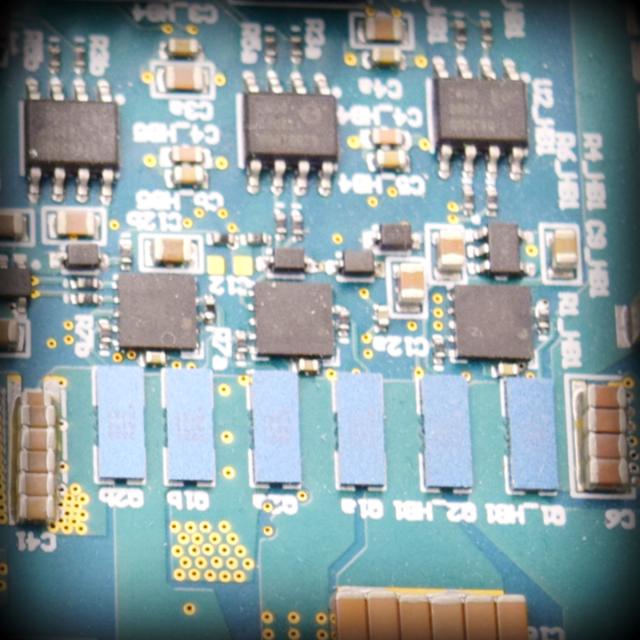MOOC List is learner-supported. When you buy through links on our site, we may earn an affiliate commission.

MOOC List is learner-supported. When you buy through links on our site, we may earn an affiliate commission.
The N-EET will allow you to perform circuit analysis and to derive circuit responses with minimum algebra. Modeling and design examples are supported by design-oriented MATLAB script and Spice simulations. After completion of this course, the student will gain analytical skills applicable to the design of high-performance closed-loop controlled switching power converters.
We strongly recommend students complete the CU Boulder Power Electronics specialization as well as Course #1 Averaged-Switch Modeling and Simulation before enrolling in this course (the course numbers provided below are for students in the CU Boulder's MS-EE program):
● Introduction to Power Electronics (ECEA 5700)
● Converter Circuits (ECEA 5701)
● Converter Control (ECEA 5702)
● Averaged-Switch Modeling and Simulation (ECEA 5705)
After completing this course, you will be able to:
● Understand statement and derivation of the Extra Element Theorem
● Apply the Extra Element Theorem to converter analysis and design problems
● Understand the statement of the N-Extra Element Theorem
● Apply the N-Extra Element Theorem to converter analysis and design problems
● Apply techniques of design-oriented analysis to analysis, design, and simulations of switching converters
What You Will Learn
- Understand statement and derivation of the Extra Element Theorem
- Apply the Extra Element Theorem to converter analysis and design problems
- Understand the statement of the N-Extra Element Theorem
- Apply the N-Extra Element Theorem to converter analysis and design problems
Course 2 of 5 in the Modeling and Control of Power Electronics Specialization
Syllabus
WEEK 1
Extra Element Theorem
Introduction to Extra Element Theorem: statement, derivation, and application examples
WEEK 2
Design example: SEPIC frequency responses
Application of the Extra Element Theorem to analysis and design of complex converter transfer functions
WEEK 3
N Extra Element Theorem (NEET)
Introduction to N Extra Element Theorem: statement, and application examples
MOOC List is learner-supported. When you buy through links on our site, we may earn an affiliate commission.
MOOC List is learner-supported. When you buy through links on our site, we may earn an affiliate commission.
